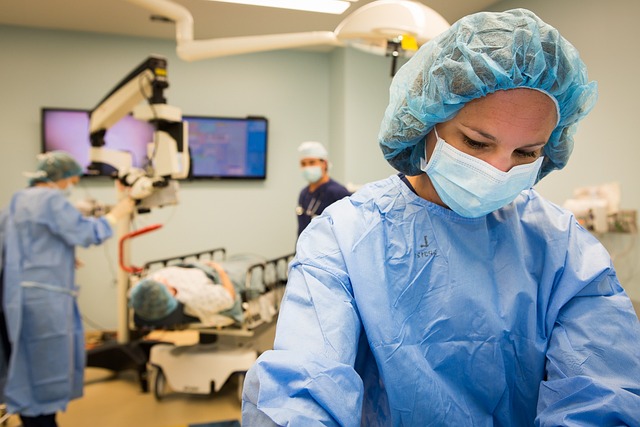Special industrial cabling is not the same as conventional cabling. It is designed for demanding…

What is electrosurgery?
In the era of modern medicine, electrosurgery has established itself as an essential tool in operating rooms around the world. Thanks to the use of electric current, this technique allows precise cuts, tissue removal and bleeding control with unprecedented efficiency. In this Electrolomas content its keys are revealed.
Knowing electrosurgery
Electrosurgery is a medical technique that uses electrical currents to cut, coagulate, desiccate or fulgurate tissues during surgery. This technique is based on the use of electronic circuits to generate and control electric current.
In electrosurgery, electrical current passes through the tissue, generating heat due to its resistance. This heat can cut or coagulate the tissue, depending on the device configuration and the technique used. The electronic circuits in these devices are essential to control the amount of current and the duration of its application, ensuring the effectiveness and safety of the procedure.
Electrosurgical devices consist of several parts: a power source, a radiofrequency generator, active and passive electrodes, and control systems. These components work together to provide the surgeon with precise control over the application of electrical current, minimizing damage to surrounding tissues. In this way, electronic circuits and operating rooms are closely linked today.
When is an electroscalpel necessary and what is it for?
The electroscalpel is an essential tool in many surgical interventions. It is used to cut tissue precisely, control bleeding through coagulation, and destroy abnormal tissue. Its use is common in general surgery, dermatology, gynecology and endoscopic procedures, among others.
Applications of the electroscalpel
The electroscalpel is common in a wide range of medical specialties thanks to its versatility and effectiveness. Below are some of its most common applications:
General surgery. In procedures such as appendectomies and cholecystectomies, the electroscalpel makes it possible to undertake precise cuts and effective hemostasis.
Dermatology. Used for the removal of skin lesions, such as warts and nevus, it is a less invasive option with a lower risk of infection.
Gynecology. In procedures such as cervical conization, the electroscalpel favors the precise extraction of abnormal tissue by containing bleeding.
Endoscopy. Common in minimally invasive procedures, it allows cutting and coagulation in hard-to-reach areas without the need for large incisions.
Benefits of the electroscalpel
The electroscalpel offers multiple advantages compared to traditional surgical techniques. These are the most notable:
Precision. Achieves fine, controlled cuts, reducing damage to surrounding tissues.
Bleeding control. Immediate coagulation reduces blood loss and improves visibility of the surgical field.
Lower risk of infection. Tissue desiccation and coagulation reduce the risk of possible postoperative infections.
Quick recovery. Patients experience less pain and a faster recovery compared to what typically happens using traditional techniques.
At Electrolomas, we are proud to contribute to the advancement of electrosurgery through our innovative electronic circuits and electromechanical equipment. We invite our readers to follow our activity on social networks, learn about our products and contact us for more information.

